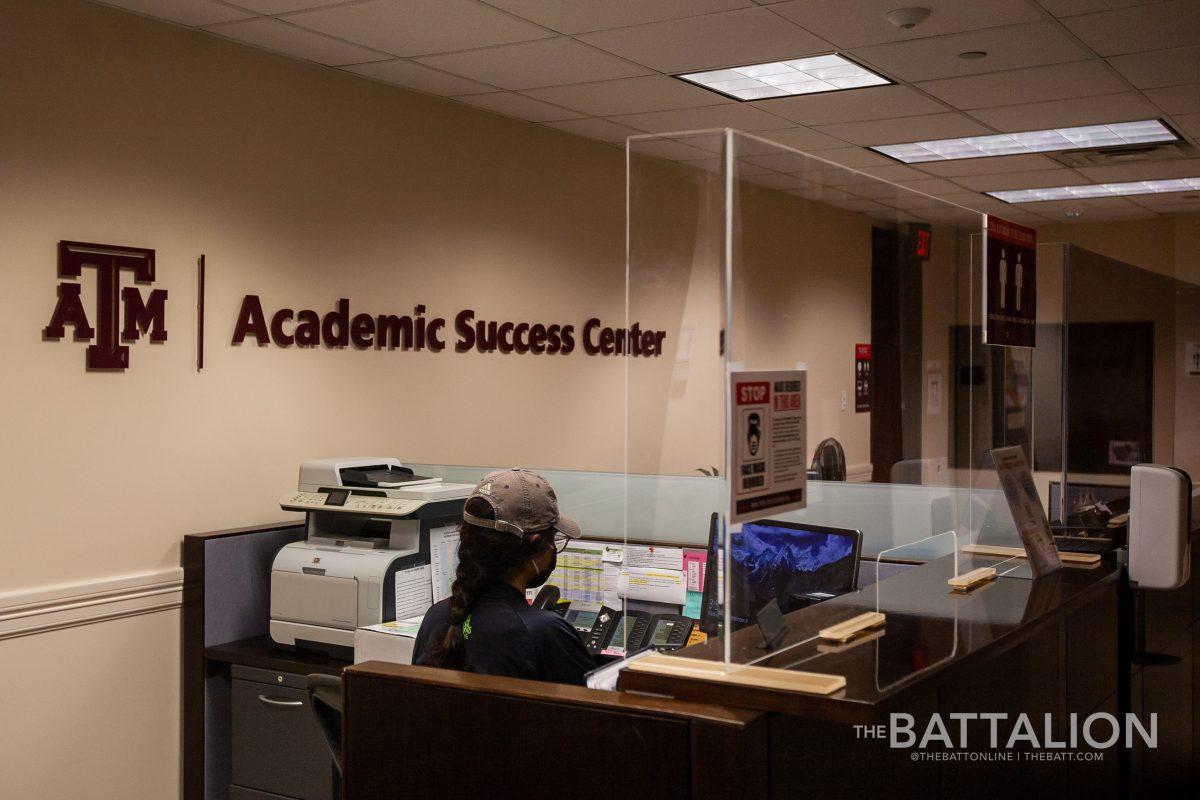Following the virtual MSC Open House, which was hosted on Aug. 28, many students must decide which of the hundreds of organizations available at Texas A&M they will join.
Four weeks into the semester, coursework is picking up the pace as organizations are beginning to seek new members. Students who become involved in academics and extracurricular activities are now learning how to manage their time so they can excel in both spheres.
Academic Success Center coach Brittney Oliver said the first thing a student should do is prioritize academics, work and personal wellness.
“We recommend that students study about two to three hours per week per credit hour,” Oliver said. “Therefore, if you are taking a three-hour course, you should be spending about six to nine hours per week studying for that course. I recommend setting aside time blocks for listening to lectures, studying, completing assignments and other personal weekly commitments.”
From there, Oliver said, students can then look at any organizations of interest and determine for which ones they should participate in.
“Research each organization and see what the time commitments are,” Oliver said. “Other factors to consider would be [to] think about the purpose behind joining that particular club, whether joining the club is in line with your interests and values and if overall, it would create a positive impact personally or professionally.”
Office for Student Success academic advisor Rafael Almanzar said he encourages participation in organizations so long as students continue to be mindful of their other responsibilities.
“[An organization] helps to build community amongst their peers who share the same interests as they do,” Almanzar said. “Clubs can [also] enhance students’ interpersonal skills and cultural competencies. Students will learn how to communicate with others and be exposed to students from diverse backgrounds and lived experiences.”
If students decide to join organizations in addition to attending classes, Academic Success Center coach Julie Hurley said they should use an organizational tool to write down the dates of their meetings as soon as possible.
“Not only should a student look at what they need to do that day, but what is coming up in the near future,” Hurley said. “By looking ahead, they can then become aware of academic and extracurricular obligations which fall within a short period of time of each other as well as any potential conflicts.”
Hurley said students should not devote too much of their time or sign up for more clubs than they can realistically handle.
“[This] can create a situation where it negatively impacts their ability to achieve academic success,” Hurley said. “It is not uncommon for students who are over-extended in their time commitments to start to feel overwhelmed and stressed as well as start to participate in behaviors such as avoidance and procrastination.”
If students find themselves struggling to balance time between their academics and extracurricular responsibilities, Almanzar said they should request assistance from the many resources offered by the university.
“Make an appointment with your academic advisor,” Almanzar said. “The Academic Success Center has a lot of great resources for students to utilize, such as time management and goal setting workshops. The Help Desk at the Office for Student Success is another resource designed [for] students. Overall, students should seek help and realize there is a huge support system at [A&M].”
For more information on the Academic Success Center, visit asc.tamu.edu.
Finding balance between academics, extracurriculars
September 8, 2020
Photo by Photo by Kaylee Cogbill
The Academic Success Center for Texas A&M University offers online resources to help students succeed in the classroom and in online courses.
0
Donate to The Battalion
$1865
$5000
Contributed
Our Goal
Your donation will support the student journalists of Texas A&M University - College Station. Your contribution will allow us to purchase equipment and cover our annual website hosting costs, in addition to paying freelance staffers for their work, travel costs for coverage and more!
More to Discover










